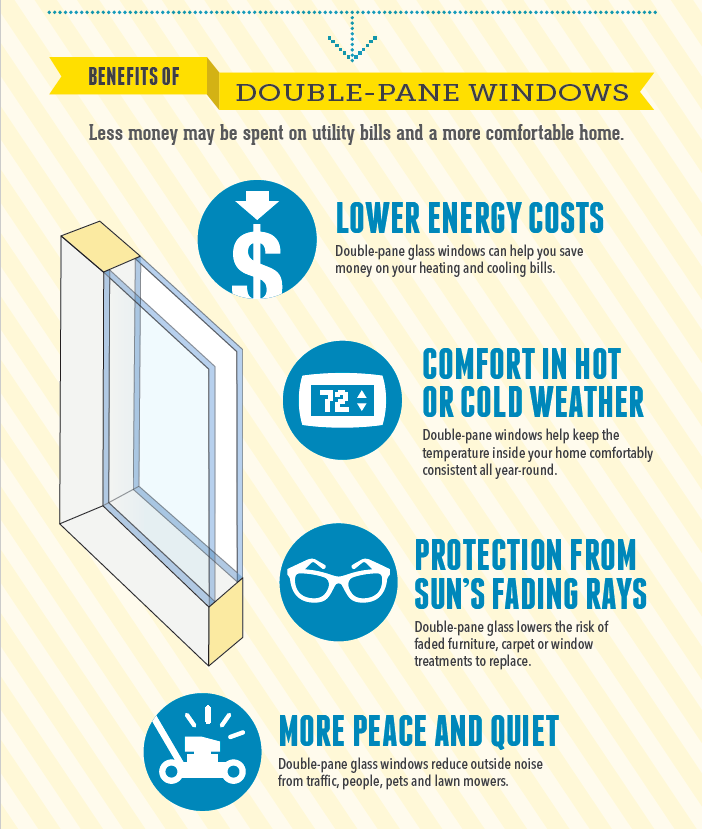Superior Stress Washing Techniques For All Surface Keys In
Superior Stress Washing Techniques For All Surface Keys In
Blog Article
Article Developed By-Lassen Markussen
When it concerns push cleaning, the method you choose can make all the distinction in achieving a tidy, streak-free surface. You might locate that hard surfaces, like concrete, require a various strategy than softer products, such as timber or plastic. It's important to adjust your techniques to the surface type to avoid damage while making best use of cleansing efficiency. So, what are the very best methods for every surface, and exactly how can you guarantee you're using the best settings and tools for the work? Let's explore what you need to understand to obtain the best results.
Hard Surface areas
When it pertains to push washing tough surface areas, preparation is vital. Prior to you also think about taking out the pressure washer, take the time to clear the location of any type of debris, furnishings, or barriers. You don't want anything entering your method or possibly destructive your tools.
Next off, evaluate the surface area for any type of splits or damage; this will certainly help you figure out the best technique and pressure settings.
When you've prepared the area, it's vital to select the appropriate nozzle. For difficult surface areas like concrete or brick, a slim nozzle (15 or 25 levels) functions best to provide a concentrated stream of water that can efficiently remove crud and stains. Constantly start at a distance and gradually relocate closer to avoid any type of surface area damage.
As you start cleaning, maintain the stick transferring to stop streaks and over-saturation. It's likewise useful to work from the top down, enabling dirt and debris to get rid of normally.
Finally, remember to wash the surface extensively after cleansing to remove any kind of leftover cleaning agent. With these techniques, you'll attain a clean and rejuvenated appearance on all your tough surface areas.
Soft Surfaces
Stress cleaning soft surface areas needs a gentler method to safeguard them from damage. Whether you're cleaning your deck, patio furnishings, or exterior siding, utilizing too much stress can result in damages, scratches, or perhaps irreversible injury.
Start by choosing https://alexisemtzg.liberty-blog.com/32639844/seasonal-stress-laundering-the-optimum-times-and-reasons-for-outside-cleaning -pressure nozzle, preferably a 25-degree or larger spray pattern, to disperse the water much more delicately.
Prior to you begin, it's crucial to pre-treat any discolorations with a suitable cleansing service. This step allows the cleaner to pass through the dust and gunk, making it much easier to wash away without rubbing too hard.
Always apply the service from the bottom as much as avoid streaking.
When you begin pressure washing, maintain a distance of at the very least 12 to 18 inches from the surface. Move your stick in a sweeping activity, keeping it alongside the surface to prevent concentrated pressure on one spot.
Rinse the area completely after cleaning up to get rid of any type of recurring cleanser.
Last but not least, inspect the surface for any kind of missed out on areas and repeat the procedure if essential. By adhering to these actions, you can effectively clean soft surface areas while protecting their honesty and appearance.
Specialized Surfaces
Cleaning soft surface areas requires treatment, however specialty surfaces demand much more interest to detail. When you deal with these surfaces, like fragile timber, stained concrete, or certain types of exterior siding, making use of the best pressure cleaning techniques is important to stay clear of damage.
First, analyze the product. For instance, dealt with wood can often withstand modest stress, yet softer timbers like cedar might call for a reduced setting. Always start with the lowest pressure and progressively enhance if needed.
For discolored concrete, use a follower spray nozzle and preserve a consistent distance to avoid etching the surface area.
When managing surfaces like plastic siding or painted surfaces, a broad spray pattern helps disperse the stress equally, securing the surface.
It's additionally important to make use of cleaning agents specifically developed for specialized surface areas. They can improve cleansing without compromising the product.
Rinse thoroughly after cleaning to get rid of any type of deposit, as it can cause discoloration or wear and tear over time.
Conclusion
In conclusion, mastering pressure washing techniques for various surface areas can make all the difference in your cleansing results. For tough surface areas, stay with slim nozzles and a top-to-bottom technique, while soft surfaces require a gentler touch with bigger nozzles. Do not neglect to pre-treat discolorations and wash extensively to avoid deposit. By adjusting your techniques per material, you'll not just attain a cleaner coating but additionally protect the stability of your surface areas. Satisfied Related Web Page !
